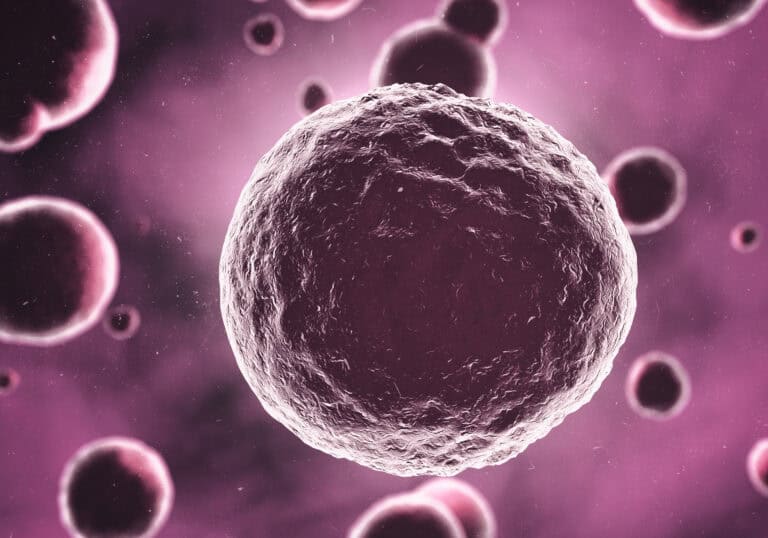
What To Expect During Your First Cryotherapy Session In South Tampa
Trying something new for your health and wellness can come with a mix of excitement and uncertainty. Cryotherapy is one of those buzzed-about treatments that’s gaining popularity in the fitness, wellness, and even beauty worlds.













